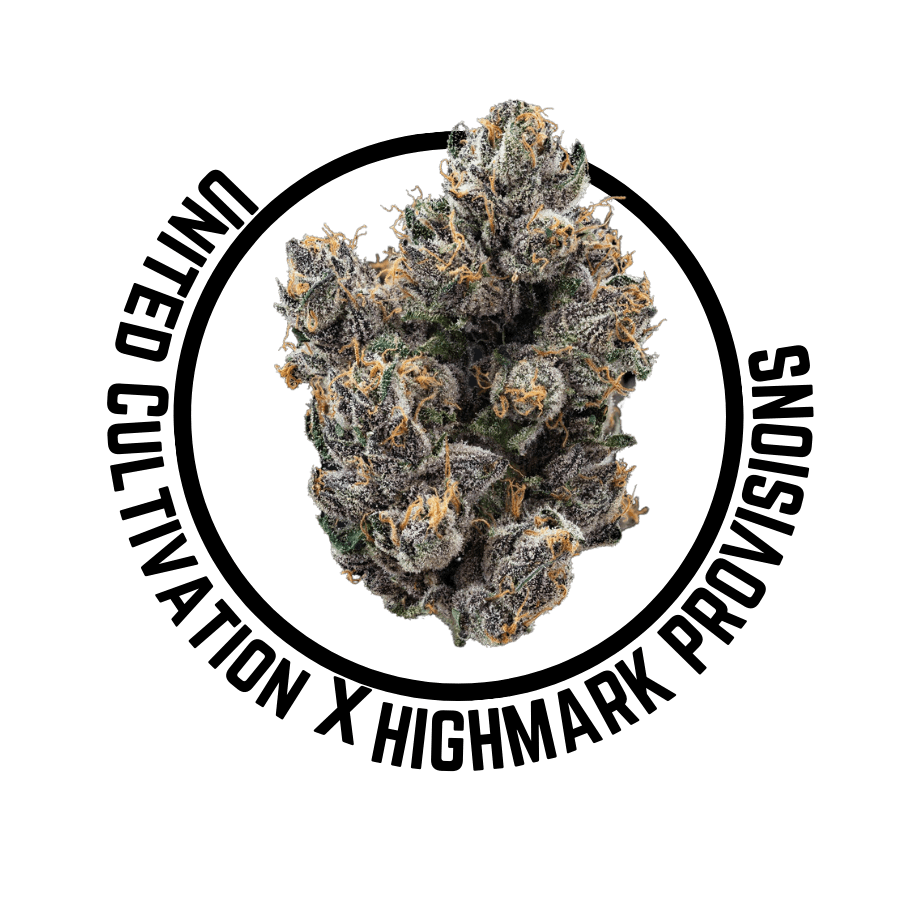
Why U Gelly | 3.5g
Bred by Solfire Gardens, Why U Gelly is the result of an iconic cross of Gelato and The Don Mega strains. Why U Gelly produces a smooth and balanced feeling beginning with an energizing and euphoric head rush that leads to complete body relaxation. The combination of its two parent strains also produces a sweet and fruity flavor profile that many find quite enjoyable.
This bud’s sticky and resinous texture makes it a delight to handle and enjoy. With trichomes all over, the buds also have deep purple undertones and deep amber hairs. The sweet earthy pungency and skunky berry aroma reveal that this is a high-quality bud with a complex flavor profile.
Effects
HappyRelaxedSleepy
0.12%
CBDA (Cannabidiolic acid)-0.12%
CBDA is a derivative of CBGA and the precursor to the well known cannabinoid CBD. Over the last decade scientists have found that CBDA has a very similar chemical structure to that of nonsteroidal anti-inflammatory drugs (NSAIDs) and thus has shown promise in treating pain due to inflammation by inhibiting COX-2 receptors in the brain that register pain. CBDA has also been shown to help regulate the over release of serotonin that causes severe nausea and vomiting in patients receiving chemotherapy, and while more thorough research is needed these results are very promising.
0.07%
CBG (Cannabigerol)-0.07%
Cannabinoids are synthesized by Cannabigerolic Acid. CBG is the decarboxylated form of this acid that appears at low levels in most cannabis plants. Because its properties are beneficial to multiple parts of the endocannabinoid system, CBG has a wide range of therapeutic uses. It is non-psychotropic and can provide analgesic and antidepressant qualities.
0.54%
CBGA (Cannabigerolic acid)-0.54%
CBGA is often referred to as the, “Father or Mother of all Cannabinoids”. This is because CBGA is situated at the very top of the cascading reaction that creates THCA, CBDA and CBCA which, through decarboxylation, are turned into the three major cannabinoids THC, CBD and CBC. Currently there is little research being conducted on the medical benefits of CBGA, although it has shown extremely promising results when looking at the interaction between CBGA and colon cancer cells. When CBGA was applied directly to colon cancer cells not only did it destroy the cancer cells, but it also stopped the proliferation of new cancer cells. More research is certainly needed, but these preliminary results are extremely encouraging.
1.17%
THC-D9 (Delta 9–tetrahydrocannabinol)-1.17%
Delta 9 THC is the primary compound found in the resinous glands of a cannabis plant, and is directly responsible for psychoactive effects. It mirrors the body’s naturally occurring cannabinoids and attaches to these receptors to alter and enhance sensory perception. THC can create a feeling of euphoria by enhancing dopamine levels in the brain. The amount of THC in a cannabis product can vary widely based on the method of consumption and the strain at the source of that product. The high that is produced is often enhanced by the “entourage effect” which is a combination of multiple cannabinoids in conjunction with various terpenes and individual body chemistry.
23.2%
THCA (Δ9-tetrahydrocannabinolic acid)-23.2%
THCA is a cannabis compound with a laundry list of potential mental and physical health benefits. THCA is the non-psychoactive precursor to THC, the most famous cannabinoid of all. While THC is responsible for the psychoactive “high” that so many of us enjoy, THCA has shown great promise as an anti-inflammatory, neuroprotectant and anti-emetic for appetite loss and treatment of nausea. THCA is found in its highest levels in living or freshly harvested cannabis samples. For this reason some users choose to juice fresh cannabis leaves and flowers to get as much THCA as possible.
0.12%
THCVA (Tetrahydrocanabivarinic acid)-0.12%
THCVA is the cannabinoid acid precursor to the well known cannabinoid THCV. Strains such as Durban Poison and other Haze varieties have been recognized as containing high levels of THCVA and also THCV.
25.23%
“TAC” – Total Active Cannabinoids-25.23%
Total active cannabinoids represent the total amount of active cannabinoids at the time of lab testing. This total of active cannabinoids considers all of the active compounds that the product holds.
